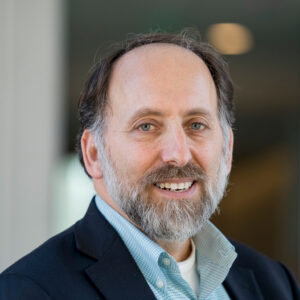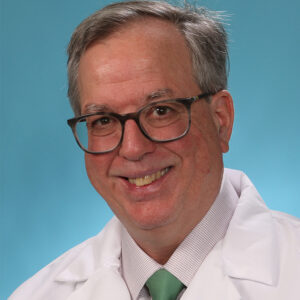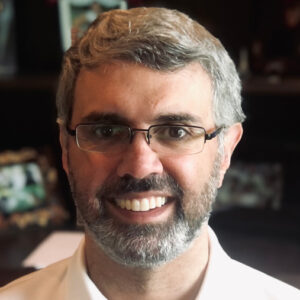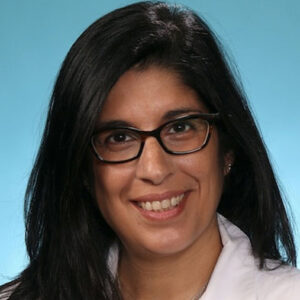Six researchers from Washington University in St. Louis have been named senior members of the National Academy of Inventors (NAI).
Richard Axelbaum, PhD, at the McKelvey School of Engineering, along with five researchers at the School of Medicine - David T. Curiel, MD, PhD; James W. Janetka, PhD; Gregory M. Lanza, MD, PhD; Robi D. Mitra, PhD; and Jennifer N. Silva, MD - are being recognized for their success in patents, licensing and commercialization, and for producing technologies that have the potential to have a significant impact on the welfare of society.
They are among 83 new senior members who will be honored in June at the NAI annual meeting in Phoenix.

Axelbaum, a professor of energy, environmental and chemical engineering and the Stifel & Quinette Jens Professor of Environmental Engineering Science, researches combustion in its many forms and in different environments - including in microgravity on the International Space Station. He uses his understanding of fossil fuel combustion and its resulting pollutants to address concerns over carbon dioxide emissions, notably by developing novel approaches to carbon capture and storage. Axelbaum holds 10 patents and founded the startup company AP Material Inc., which commercialized a flame-synthesis technology to manufacture high-purity nanopowders.

Curiel, a professor of radiation oncology and director of the Biologic Therapeutics Center at the School of Medicine, has harnessed gene therapy and viral vectors to develop therapeutics and vaccines for a number of diseases, including cancer, genetic disorders and COVID-19. More recently he has pioneered gene editing strategies toward gene therapy cures. He has co-founded a number of biotechnology startups, including Altimmune, DNAtrix, Unleash Immuno Oncoloytics and Precision Virologics. Most recently, he co-developed a nasal vaccine against COVID-19 that is in phase 3 human clinical trials in India.

Janetka, a professor of biochemistry and molecular biophysics, is a medicinal chemist who is developing small-molecule therapeutics to treat cancer and infectious diseases. He has expertise in rational, structure-based drug design. Janetka's team is working on novel drugs for treatment of a broad scope of infections caused by bacteria, parasitic worms, toxoplasma and viruses. His team has discovered broad-spectrum new anticancer and antiviral drugs for the treatment of COVID-19. He is a co-founder of two pharmaceutical startups, Fimbrion Therapeutics and ProteXase Therapeutics.

Lanza, a cardiologist and professor of medicine, of biomedical engineering, and of biology and biomedical sciences, has developed nanotechnologies with wide applications in medicine, from cardiovascular imaging to cancer therapy. He was the co-founder, chief scientific officer and a board member of Kereos Inc., a biotechnology startup focused on developing molecular imaging agents and therapeutics for cardiovascular disease and cancer. He co-founded and is chief scientific officer of Capella Imaging Inc., a startup focused on biomedical imaging, and is in partnership with NorthStar Medical Radioisotopes, with a particular focus on detecting blood clots in the heart and in operating ventricular assist devices.

Mitra, a professor of genetics and the Alvin Goldfarb Distinguished Professor of Computational Biology, develops new technologies for analyzing the genome. He and his lab have pioneered new methods for efficient DNA sequencing, analyzing the binding of transcription factors, studying single-molecule proteomics, analyzing single-cell genomics and capturing specific regions of the genome. Mitra played key roles in the founding of a number of genomic resources for the School of Medicine, including the university's Genomic Technology Access Center, the Genomics and Pathology Services Lab, and the Genome Engineering and iPSC Core facility.

Silva, a pediatric cardiologist and professor of pediatrics, is an electrophysiologist who treats children with disorders of the heart, including those that cause life-threatening arrhythmias. She has developed a 3D imaging system using virtual-reality technology to help cardiologists better visualize the electrical circuits that are misfiring. She co-founded the startup SentiAR to develop a headset that can display a hologram of a patient's heart and show a real-time 3D map of what is happening as the patient undergoes a catheter ablation procedure, in which the tissue causing the arrhythmia is burned to stop the erratic signals.






